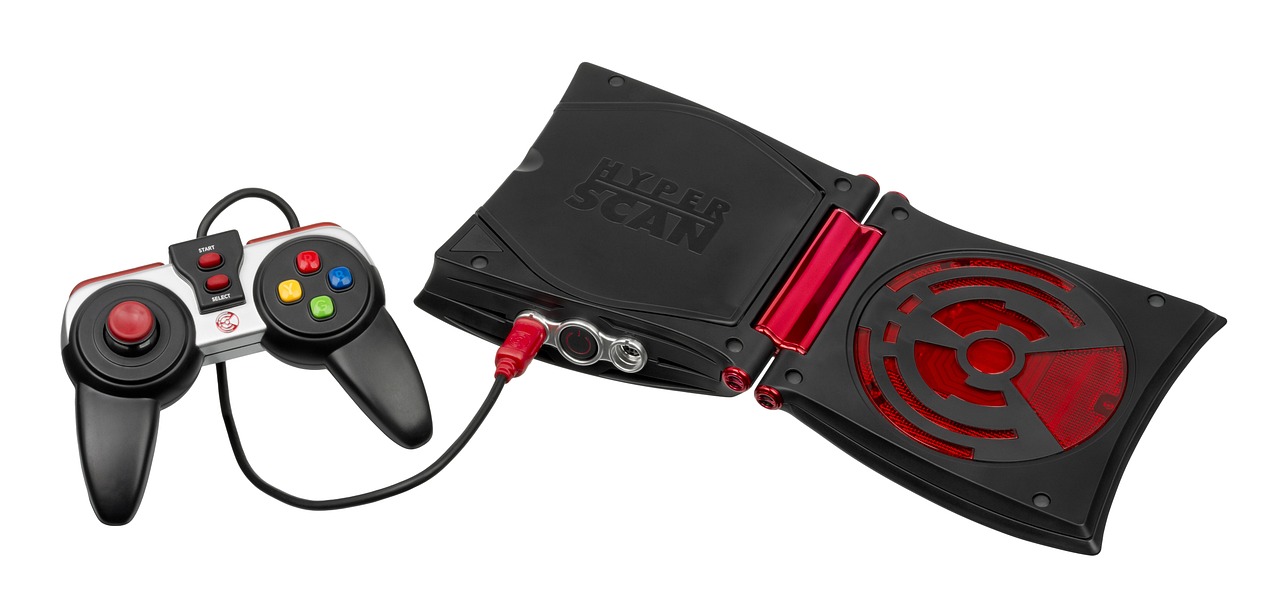PRC Controller vs. PLC Controller: Key Differences and Similarities
This article compares the key differences and similarities between PRC and PLC controllers. Both controllers have their own unique features and applications, but they also share some common characteristics. PRC controllers, also known as Programmable Relay Controllers, are designed to provide a low-cost, simple, and flexible solution for automation tasks. On the other hand, PLC controllers, or Programmable Logic Controllers, are more complex and provide a higher level of performance and reliability for more demanding applications. Both controllers can be programmed using a variety of programming languages and can be used in a wide range of automation applications, from simple machine control to complex process control systems.
In the industrial automation field, two common types of controllers are the Programmable Logic Controller (PLC) and the Programmable Relay Controller (PRC). Both controllers have their own unique features and applications, but they also share some similarities. This article will explore the key differences and similarities between PLC and PRC controllers to help you better understand their roles in industrial automation.
Key Differences:
1、Programming and Configuration: PLC controllers are typically programmed using a variety of programming languages, such as ladder logic, function block diagrams, and structured text. On the other hand, PRC controllers are programmed using a relay-based programming language that is simpler and more intuitive for many engineers. PLC controllers also require more complex configuration than PRC controllers, as they typically have more inputs and outputs, as well as more complex control algorithms.

2、Hardware: PLC controllers are typically built using a combination of hardware components, including microprocessors, memory modules, and input/output modules. On the other hand, PRC controllers are built using a combination of relays, timers, and other basic electronic components. This results in PLC controllers being more flexible and capable of handling more complex control tasks, but also more expensive than PRC controllers.
3、Functionality: PLC controllers are designed to handle a wide range of control tasks, including sequential control, logic control, motion control, and process control. On the other hand, PRC controllers are primarily used for simple on/off control tasks, such as controlling motors or switches. This difference in functionality results in PLC controllers being more versatile but also more complex to program and configure.
4、Communication: PLC controllers typically have built-in communication capabilities that allow them to communicate with other devices, such as sensors, actuators, and other PLCs. On the other hand, PRC controllers do not typically have built-in communication capabilities, although they can be connected to external communication devices. This difference in communication capabilities results in PLC controllers being able to handle more complex control tasks that require communication with other devices.
Key Similarities:
1、Both PLC and PRC controllers are designed to automate control tasks in industrial environments. They both receive input from sensors and other devices and use these inputs to control actuators and other devices based on pre-programmed control algorithms.

2、Both PLC and PRC controllers have their own unique programming languages that allow engineers to program them to perform specific control tasks. These programming languages are designed to be intuitive and easy to use for engineers familiar with industrial automation concepts.
3、Both PLC and PRC controllers have their own unique hardware configurations that allow them to handle specific control tasks. These hardware configurations can include microprocessors, memory modules, input/output modules for PLCs, and relays, timers, and other basic electronic components for PRCs.
4、Both PLC and PRC controllers have their own unique software configurations that allow them to handle specific control tasks. These software configurations can include pre-programmed control algorithms, user-defined functions, and other software components that aid in the automation of control tasks.
In conclusion, PLC and PRC controllers have their own unique differences and similarities that make them suitable for different applications in industrial automation. Understanding these differences and similarities will help you better understand their roles in industrial automation and choose the right type of controller for your specific application.
Articles related to the knowledge points of this article:
Juki PLC Controller: A Comprehensive Guide
North Sea PLC Controller Manufacturers
PLC Controller Connection to Frequency Converter